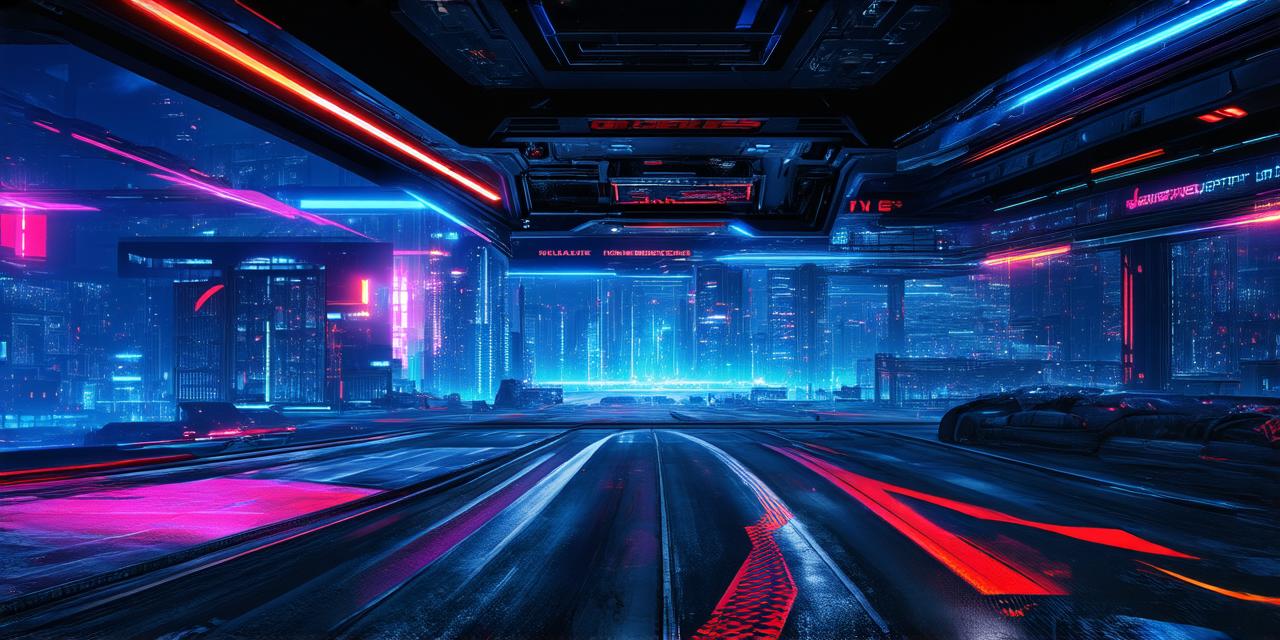
Overview
Virtual reality (VR) and augmented reality (AR) are transforming the way we interact with the world around us. These technologies have already made significant impacts in various industries such as gaming, healthcare, education, and entertainment, and their potential is only beginning to be explored. In this article, we will delve into the age of the metaverse – the term used to describe the convergence of virtual and physical worlds, and how it is shaping our future. We will explore the history of VR and AR, their current applications, and their potential future developments.
The History of Virtual Reality and Augmented Reality
Virtual reality dates back to the 1960s when researchers at MIT developed the first head-mounted display (HMD) that allowed users to experience a simulated environment. Over the years, VR technology has evolved significantly, with advancements in graphics, processing power, and motion tracking enabling more immersive and realistic experiences.
Augmented reality, on the other hand, was first introduced in 1973 by Ivan Sutherland’s “Sword of Damocles” system. AR technology has also come a long way since then, with advancements in computer vision, machine learning, and 3D modeling enabling more seamless integration of virtual objects into the real world.
Current Applications of Virtual Reality and Augmented Reality
Virtual reality is widely used in gaming, where it provides an immersive experience that allows users to fully engage with a game’s environment. VR has also found applications in healthcare, where it can be used for training medical professionals or for therapy purposes. For example, VR can simulate surgical procedures, allowing doctors to practice and perfect their techniques without risking patient safety.
Augmented reality, on the other hand, is being used in various industries such as education, retail, and manufacturing. AR technology can enhance learning experiences by providing visual aids, making complex concepts more accessible. In retail, AR can be used to provide customers with virtual try-on experiences or to display product information in 3D models. In manufacturing, AR can be used to provide real-time guidance to workers, improving productivity and reducing errors.
Future Developments of Virtual Reality and Augmented Reality
The potential applications for VR and AR are virtually limitless, with experts predicting that these technologies will continue to transform various industries in the coming years. Some of the future developments we can expect include:
- More advanced motion tracking: As technology continues to evolve, motion tracking will become more accurate and precise, allowing users to move within virtual environments in a more natural way.
- Better graphics: With advancements in computer vision and machine learning, we can expect virtual environments to become more realistic and immersive.
- Greater integration with the real world: AR technology is already being used to overlay digital information onto the real world, but we can expect this integration to become more seamless and intuitive in the future.
- Widespread adoption of VR in healthcare: As VR technology continues to improve, it will likely become increasingly popular as a tool for therapy or rehabilitation.
- Integration with wearable devices: Wearable devices such as smart glasses or headsets will continue to play a role in the metaverse, providing users with more seamless and intuitive interactions with virtual environments.
Conclusion
The age of the metaverse is upon us, and VR and AR technologies are at the forefront of this revolution. These technologies have already transformed various industries and have the potential to continue doing so in the coming years. As technology continues to evolve, we can expect to see more advanced motion tracking, better graphics, greater integration with the real world, and widespread adoption of VR in healthcare. The possibilities for the future are endless, and it’s an exciting time to be alive as a digital citizen of the metaverse.
FAQs
1. What is virtual reality (VR)?
Virtual reality is a technology that creates an immersive experience by simulating a 3D environment that users can interact with in real-time.
2. What is augmented reality (AR)?
Augmented reality is a technology that overlays digital information onto the real world, enhancing our understanding and interaction with our surroundings.
3.
